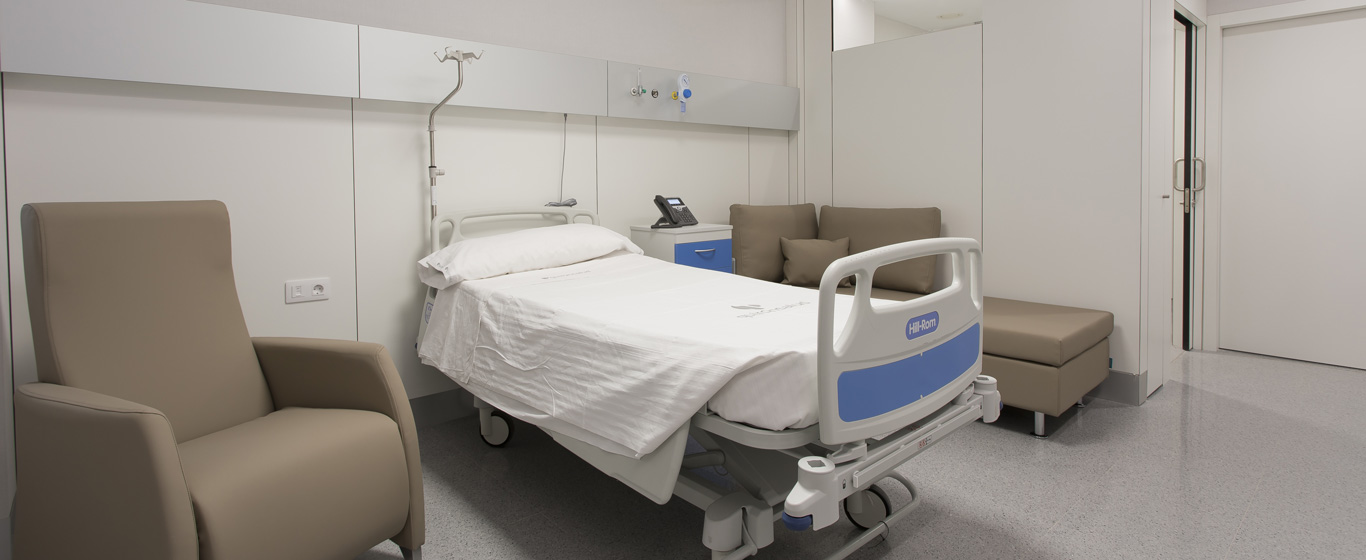Sprain
What is a sprain and how is it treated? Everything about its causes and symptoms.
Symptoms and Causes
A sprain is a joint injury caused by a tear in the tendon tissue, which does not completely rupture. As a result, pain, swelling, and difficulty moving occur.
The most common types of sprain are:
- Ankle sprain: The most common. It often happens during sports, wearing inappropriate footwear, or stepping on uneven surfaces.
- Knee sprain: More complex, as it typically affects several ligaments, which are damaged due to improper leg movement.
- Wrist sprain: Usually occurs when the hand is unexpectedly used to brace a fall.
- Cervical sprain: Also known as "whiplash," this injury often occurs after a sudden movement of the neck from front to back. It commonly happens in car accidents.
- Big toe sprain: Common in athletes, caused by overexertion when bending the toe upward at the beginning of a run.
It is not a serious condition since there is no rupture, and it usually resolves with rest and non-aggressive care.
Symptoms
The symptoms of sprains are common; the only difference is that each type manifests in a different joint. Some of the most notable include:
- Sharp pain
- Swelling
- Bruising
- Difficulty moving
Causes
Sprains occur because a ligament is stretched beyond its capacity, causing a tear.
Risk Factors
Some factors that increase the risk of spraining are:
- Regularly practicing sports
- Muscle fatigue
- Having loose ligaments
- Not using proper equipment for each sport according to weather conditions
- Walking or exercising on ice, snow, or wet surfaces
Complications
A sprain that is not treated properly can lead to chronic instability and pain, as well as an increased tendency to suffer from another sprain or joint arthritis.
Prevention
The best way to prevent sprains is to warm up before exercising and stretch afterward. It is also recommended to walk carefully in extreme weather conditions, use mandatory safety devices when driving, and adopt ergonomic positions when traveling in a car.
Which doctor treats sprains?
Sprains are diagnosed and treated in consultations of orthopedic surgery and traumatology, physical education and sports medicine, complementary medicine, pediatrics, and general medicine.
Diagnosis
The diagnosis of a sprain is clinical, as analyzing the symptoms and examining the affected area is enough to confirm it. When it is necessary to assess the condition of the tendons, muscles, and bones of the joint, an X-ray or MRI is requested.
Treatment
In most cases, sprains improve over time, especially with rest. To relieve pain and reduce inflammation, analgesic and anti-inflammatory medication is very effective. Additionally, applying cold, compressing the injured joint, and keeping it elevated promote recovery. Adequate rest time is essential to facilitate ligament healing and prevent "poorly healed sprains."







































































































